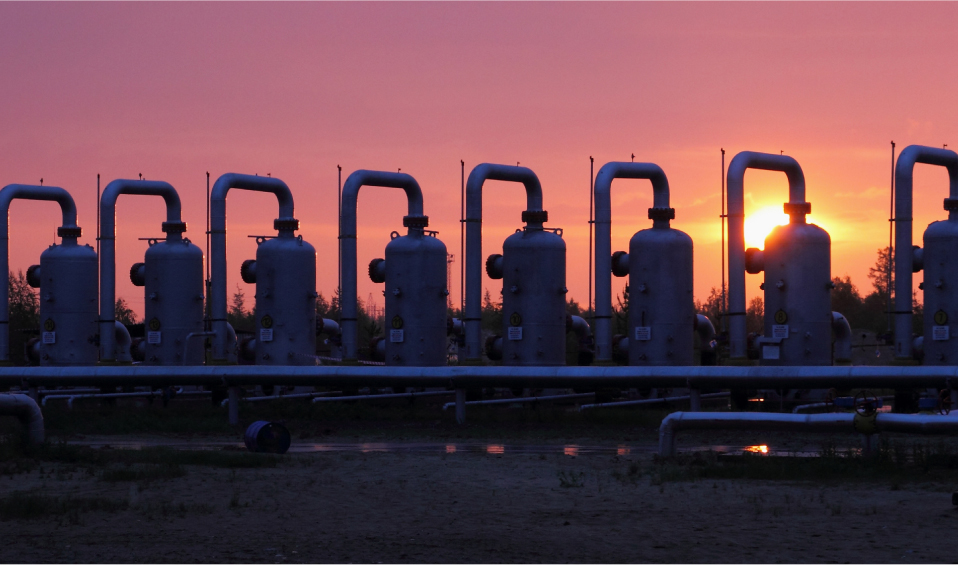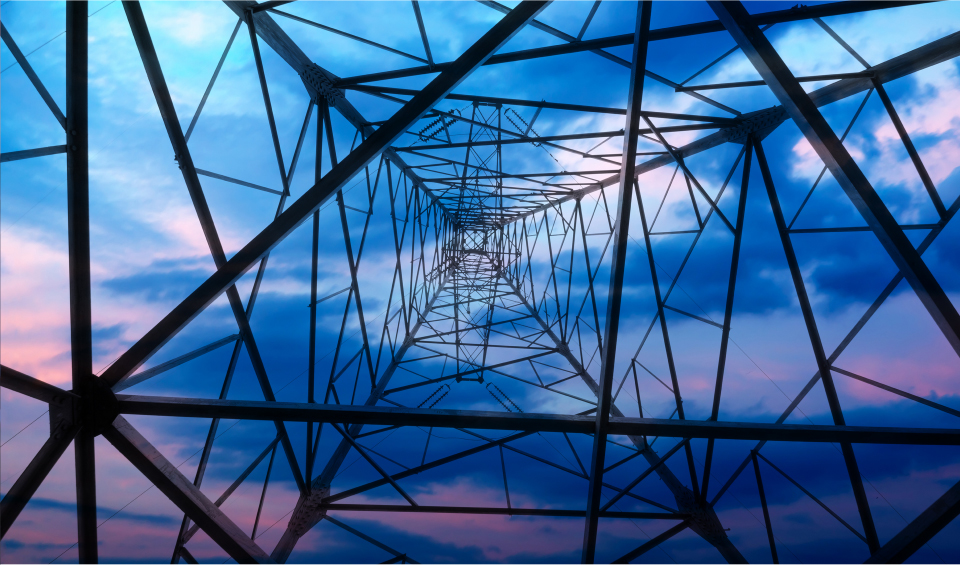
Thanks to ESCP Business School's Energy Management Centre wide network in the academic and business communities, our views on energy news give you comprehensive insight into energy issues.
Please join us...
Increased price and supply risk in the British gas market this winter suggest a need to further diversify sources of gas supply. The UK does not need to look far however, as homegrown shale gas is a way to lessen the risk premium on gas in future winters.
Before discussing shale gas, it is worth examining the situation the UK faced regarding gas prices this winter. According to broker prices compiled by Bloomberg, the first two weeks of February witnessed the highest price swings in day-ahead gas, as measured by 30-day historical volatility, since fall 2009, with price swings more than tripling over that period (Brown and Farey, 2012). Strong Asian natural gas demands and cold weather which strained on-hand gas supplies had no direct effect on consumers during this two-week period, but it certainly complicated energy utilities' efforts to supply electricity at stable prices.
Europe's shale gas landscape presents risks and opportunities over the next 10 years. As interest in developing a European shale industry expands, it is imperative that investment and partnering decisions are guided by an appreciation of risks that are of greatest consequence to the business strategy.
Shale development is a European economic imperative. Yet, only a handful of countries are seriously contemplating shale development at this time. The failure to act now in preparation for a post-2020 economy displays strategic short-sightedness and does not bode well for mid-and long-term EU economic well-being and competitiveness.
In contrast, North America has embraced shale development. As a result, the price of natural gas in the US has declined to less than one-third the price of natural gas in Europe. This has been a boon to the US economy and helped US manufacturers achieve significant competitive advantages over Europe in some industry sectors - with the prospects of even greater advantages ahead.
Acceptance of shale development in Europe is increasing, but not at a pace to suggest that shale oil and gas will be part of Europe's near-term energy or economic solutions.
Over the past year there have been significant changes in the European shale development landscape. A 2012 study by ESCP researchers identified social risks as those risks of greatest consequence for investors and companies seeking to explore or produce shale gas or oil in Europe. That has not changed, but the level of uncertainty surrounding social risks in Europe is declining. This is likely because of better public understanding of the issues; concerns over carbon emissions; frustration with rising energy costs; continued concerns over Europe's economic conditions, particularly when contrasted with what shale is doing for the US economy; and fear of losing economic competitiveness.
The Energy Information Agency projects that global energy consumption will increase 56 percent by 2040. Yet, energy companies' collective failure to engage proactively with a global population jeopardizes sustainable energy solutions and hydrocarbon development. This shortsightedness presents strategic risks for energy companies and global energy consumers.
Global energy markets, geopolitics and petrochemical industry business models have been profoundly altered by the shale revolution in America. In "The Boom," Wall Street Journal senior energy reporter Russell Gold provides a balanced account of the history, personalities and technology of fracking - the story that transformed the North American energy landscape - and describes in easily understandable prose how previously inaccessible natural gas and oil is extracted from shale on an industrial scale.
The shale revolution resulted from the marriage of two processes. The first, horizontal drilling, turns traditional vertical wells on their sides to run parallel to the surface for thousands of feet outward from a drill site. The second, hydraulic fracturing, or "fracking," involves pumping a mixture of water, sand and chemicals into a well so it presses against very dense rock, or shale. Ultimately, the pressure from the water fractures the shale and creates cracks for the mixture to penetrate. The water drains out and the sand props open the newly-created cracks in the shale, allowing previously-trapped oil and gas to move into the cracks and up the well to the surface.
The climate risk playing field is changing rapidly for the oil and gas industry. Methane emissions management was previously a niche or emergent issue for investors and companies alike; however, only one business week into 2016, developments suggest it is becoming a mainstream issue that is capturing increasing public, investor and environmental advocacy attention.




527 Finchley Road
London NW3 7BG
United Kingdom
Tel: +44 (0)20 7443 8800
Fax: +44 (0)20 7443 8845
E-mail: [email protected]










